One of more common, traditional approaches to establishing price differentiation comes in the form of rule-based systems, or rule engines. They implement predefined pricing rules in a prescribed pattern. These systems often set item prices exclusively based on competitor prices, which the system’s rules are set to exceed or undercut by a certain percentage. This works just as statically as it sounds, but it works reliably.
The thing is, retailers using rule engines end up with two glaring blind spots in their pricing models:
- They never find out if they can step out of the shadow of their competitors.
- They give away considerable profit potential, turnover, gross profit and, ultimately, market share.
This is because rule-based systems don’t offer the ability to intelligently adapt to changes in the business environment. With rule-based solutions, you will only ever take a reactive role in competition, as you’re unable to actively shape prices yourself. Thus, this process often results in price-up or price-down spirals, because retailers basically only underbid or outbid each other. A consistent price development, which the customer can also understand, is therefore not feasible.
The increasing scale of product ranges and the increasing speed of the market also pose new challenges for pricing, requiring you to be increasingly dynamic in order to maintain competitiveness and reinforce your own long-term position in the market. The solution comes in the form of intelligent algorithms that price your entire product range within seconds, as they automatically take into account all general conditions and achieve the KPIs you can specify with pinpoint accuracy.
How does this work? How can an algorithm know what your goals are and, more importantly, how does it know what it has to do to achieve them?
It all comes down to realizing the promise of “reinforcement learning” – not only one of the most powerful AI procedures, but also the most common form of learning for humans and other highly developed species. Any artificial system becomes a real AI only when its programmed intelligence can be further developed independent of human intervention through reinforcement learning. What impact can this have on your business? Reach out to connect with our experts.


